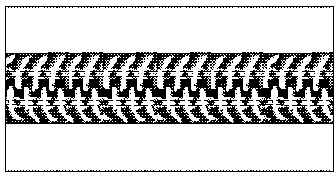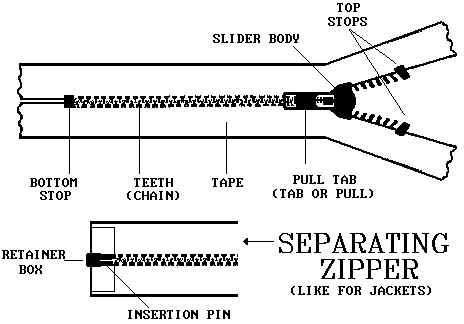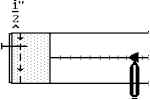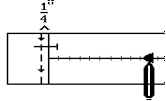|
COIL STYLE ZIPPER:
1. Determine the final length you want the zipper to be. At
the top end of the zipper place a mark at this measurement (Mark #1).
Place another mark (Mark #2) 1" above Mark #1.
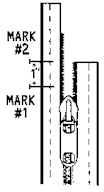
2.
With the zipper pull below Mark #1 trim both sides of the zipper at Mark
#2. Using a match or candle sear the raw edges of the zipper tape
to prevent raveling.
3. Finishing the end:
METHOD #1: Between Mark #1 and Mark #2, using nail clippers or
scissors remove the zipper teeth being careful not to cut into the
fabric portion of the zipper tape. Remove any small plastic parts
remaining in this area.
a. Remove the two top stops from the zipper pieces that were
removed in step 2 (if this is not possible because the zipper stops are
plastic or if you are unable to remove them go on to step b.)
Reattach the stops on the zipper placing each over the first few teeth
(or if this is not possible as close to the top tooth as possible).
Using a pair of pliers crimp each in place. The zipper is now
ready to be installed.
If the zipper stops are plastic or if you are unable to remove them go
to the next step (b).
b. To keep the zipper pulls from coming off stitch across the top
few zipper teeth on both sides of the zipper tape, using a tight zig-zag
stitch and stitching in place numerous times. (NOTE: set the
zig-zag stitch width wide enough so that the needle passes freely across
the teeth). The zipper is now ready to be installed.

METHOD #2: At Mark #1 fold the extra 1" portion of the zipper
tape toward the bank and slightly off to the side of the zipper.
Pin. Stitch to secure the folded edge in place. The zipper
is now ready to be installed.

TOOTH STYLE ZIPPER:
Method #1: Follow steps 1 through 3a above and if necessary Method 2
below. [NOTE: in removing the zipper teeth on a tooth zipper
pliers may be used to pull the teeth off. Also, when reattaching
the top stops place the stop immediately above the top tooth not over
it.]
METHOD #2: At mark #1 fold the extra 1" portion of the zipper
tape toward the back and off to the side of the zipper immediately above
the last tooth, making certain there is no space. Pin in place.
Stitch to secure the folded edge in place.
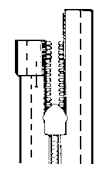
The zipper is now ready to install.
test1
|



